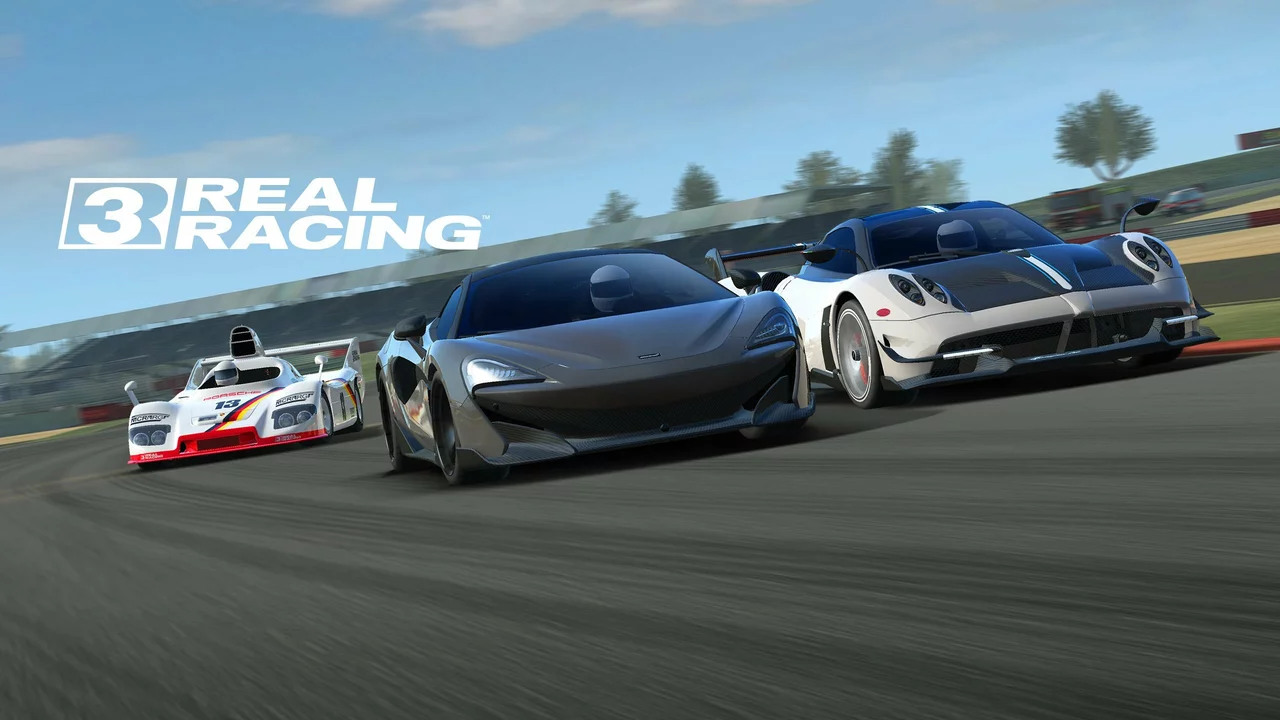Game Tips Every Racing Fan Should Know
If you love the roar of engines but spend most of your time on a couch, you’ve come to the right place. These simple, no‑fluff tips will help you shave seconds off lap times, feel more confident in the cockpit, and enjoy every race a little more.
Master the Basics: Braking and Corner Entry
The biggest mistake new players make is braking too late. In real‑life racing you’d brake before the turn, let the car settle, then steer in. Do the same in the game: press the brake pedal a full second before the corner apex, ease off the gas, and aim for a smooth turn‑in. This keeps the car balanced and prevents the dreaded spin‑out.
Practice the “brake‑turn‑accelerate” rhythm on a quiet track. Once you can hit that pattern consistently, you’ll notice a huge jump in lap consistency. Remember, the goal isn’t a hard‑stop; it’s a controlled deceleration that lets the tires stay glued to the road.
Fine‑Tune Your Car Setup for Different Tracks
Most racing games let you tweak suspension, tire pressure, and gear ratios. Don’t just pick the default settings – adjust them to match the circuit. For tight, twisty tracks, soften the suspension and lower the gear ratios so you get quick acceleration out of corners. On fast, flowing tracks, stiffen the suspension and raise the gear ratios for higher top speed.
A quick trick is to copy a setup from a similar real‑world track. If you’re tackling a street circuit, look at the setup used for Monaco in F1 games. The more you experiment, the better you’ll understand how each change feels behind the wheel.
Another easy win is tire management. In games that simulate wear, choose harder compounds for longer stints and softer tires for short sprints. Switching compounds mid‑race can give you the edge when you’re chasing a leader or defending a position.
Finally, don’t ignore the little things: adjust steering sensitivity to match your controller or wheel, set up optimal camera angles, and map the most used controls to buttons you can reach without looking. Comfort translates directly into faster reflexes.
These tips are a starting point, not a checklist you finish once and forget. Keep testing, track your lap times, and tweak until the car feels like an extension of your own hands. With a bit of practice, you’ll move from casual player to podium contender in no time.
